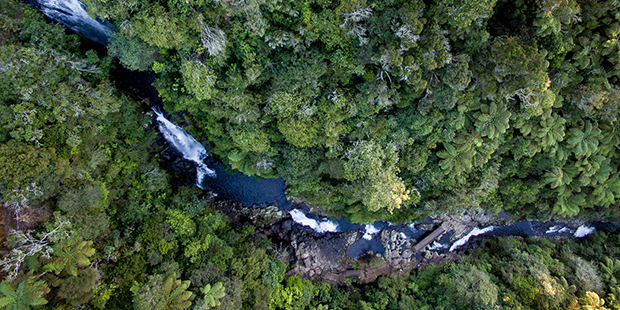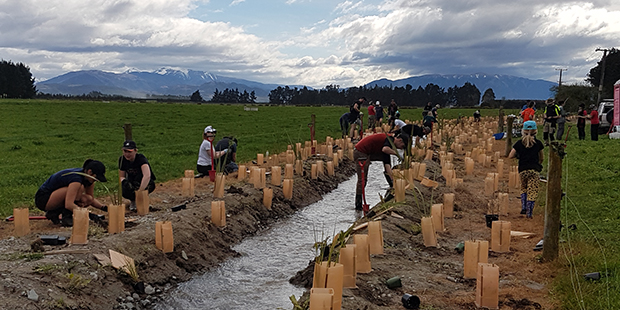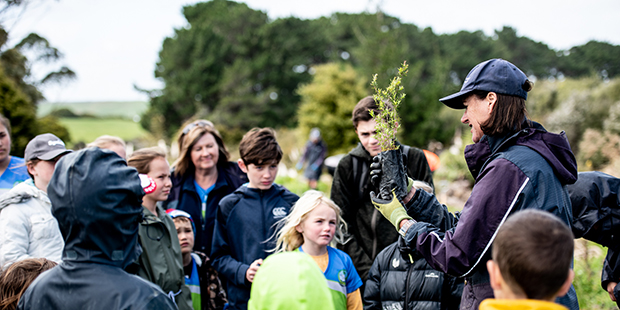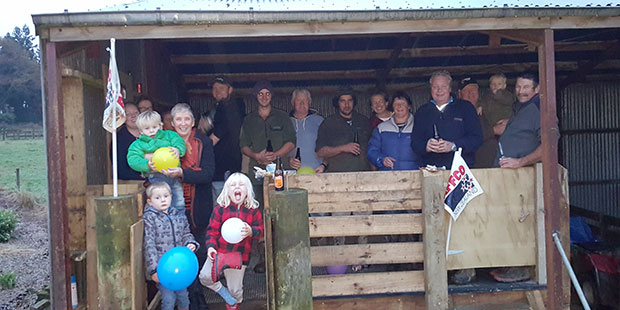Spending $2.8m on environment
Waikato family have really put their money where their mouth is on sustainable farming.
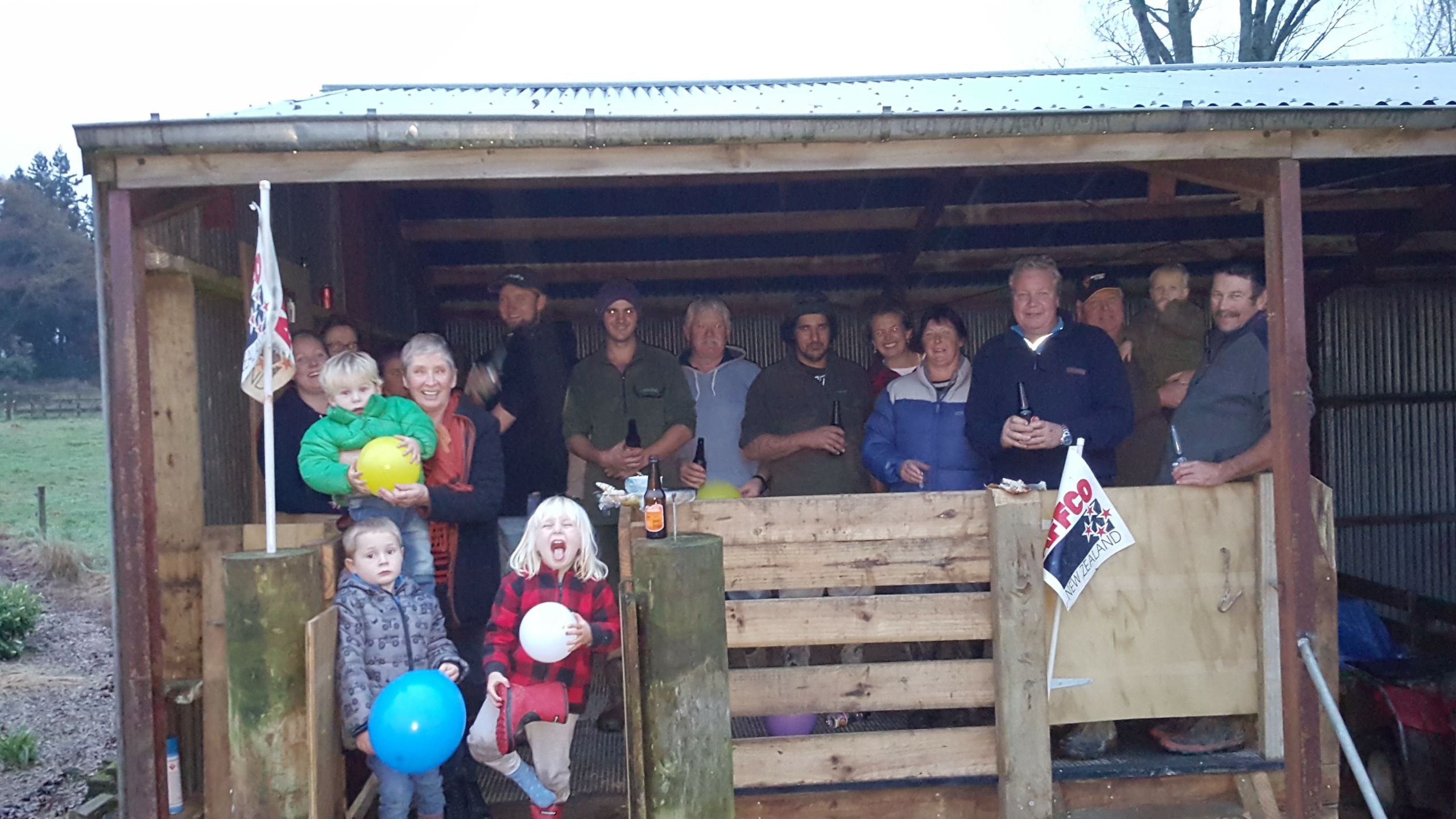

The Sherriff family, whose Huirimu Farms Ltd border the Waikato River in Arohena, have in the past 11 years spent more than $2.8 million on environmental improvements.
Yet, as plain-speaking Judy maintains, it has spread from a simple philosophy first espoused by husband Alistair and nowadays practised by son Robbie: “My husband worked out long ago that if you strategically fence off sheep, beef cattle and dairy cows, you create a good stock flow – really important for the health of the animals and for things like mustering. What should only take an hour or two can take all day if you haven’t addressed it properly.
“And, of course, it really works well environmentally – you don’t want your stock standing in a river; you want them drinking from their troughs.”
The Sherriffs purchased their first farm on the western side of Lake Taupo in 1977 and their policy was always to protect their waterways.
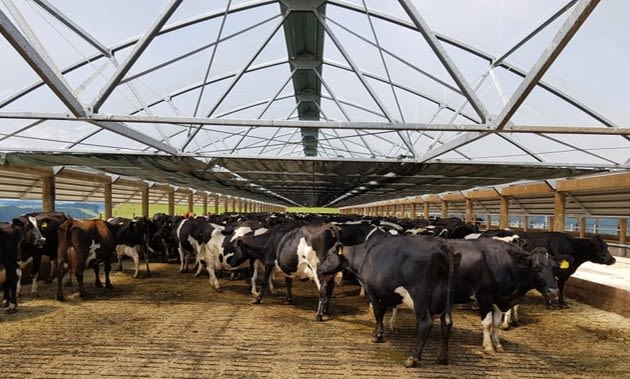
Picture / Supplied
Picture / Supplied
“In our first season there, we completed 1.2km of riparian fencing with the help of the then Waikato Valley Authority,” she says. “In 2002, we purchased our Arohena property and continued this fencing and planting. We have retired and covenanted about 100ha with six QEII blocks of native bush and have planted over 15,000 native bushes and trees.”
Their three farm enterprises comprise 840 dairy cows, a drystock unit with 850 breeding ewes, 400 dairy support (heifers and yearlings), beef cattle, lamb finishing (taking weaned lambs to market conditions) and 50ha of maize, plus a 283ha leased sheep and beef unit.
All tributaries flowing into the Waikato river on their property are fenced and planted and all their land bordering the river is fenced and stock-proof.
“We strongly believe in the value to New Zealand of a vibrant rural community,” she says. “Our responsibility is to produce good clean food that young mothers worldwide are happy and confident to feed to their children. It is also imperative to operate in an environmentally friendly and sustainable manner – our obligations as land owners, food producers and citizens of New Zealand.”
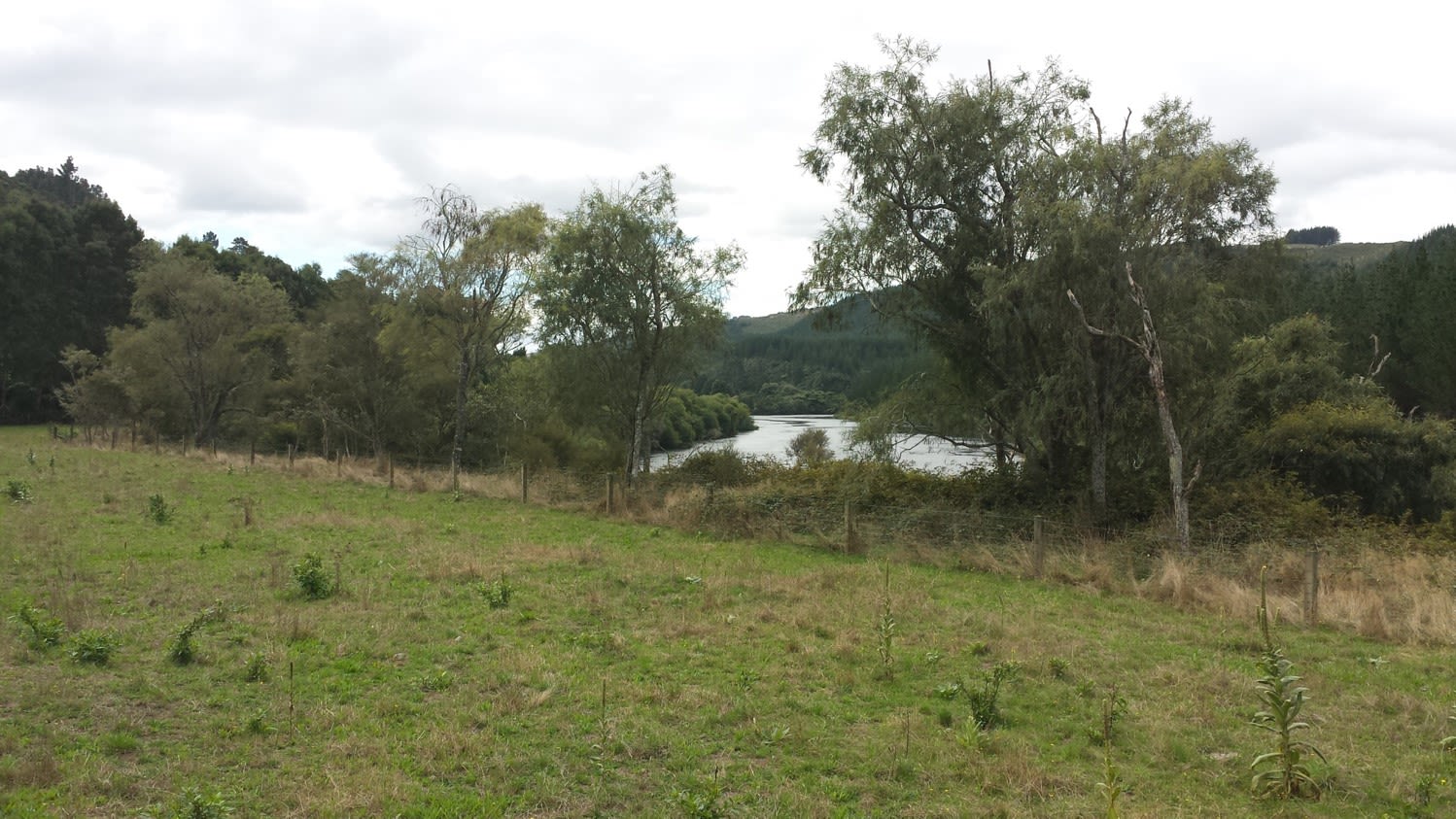
Picture / Supplied
Picture / Supplied
They’ve backed that philosophy up with action on the animal and crop front:
· Dairy cow numbers have been reduced from 1000 to 840, without dropping total production.
· Dairy replacements and sheep numbers have been reduced.
· Swede crops are no longer used for wintering cows.
· Plantain is used for summer feed for cows and lambs, with crops direct drilled instead of cultivation.
They have also poured $2.86m into what might be called hardware and software environmental measures:
· Two herd homes, used for wintering their cows
· Two feed bunkers
· A new effluent pond
· A new effluent spreader
· A GPS tractor
· Halo software
· Land retirement
· Riparian planting
· Fencing
· Water reticulation
The herd homes and the land retirement have been the most expensive items followed by fencing and the two feed bunkers – and the Sherriffs say the herd homes have been “a game changer for our business. We can stand cows off the ground in both the wet and cold reducing pugging of soil. We can provide shade for our cows from the heat.
“We feed our home grown maize in these herd homes,” says Judy. “This allows us to fully utilise our feed resource with absolutely no wastage. The floors of the herd home are a slatted system so all effluent is captured. This effluent is then spread mechanically on a much bigger part of our farm when the weather is suitable – and it’s also used on our maize growing ground, thereby reducing the application of chemical fertiliser.”
She says their Farm Environmental Plan (FEP) shows that, if they cease using winter crops and used their herd homes in wet weather, for feeding and standing off cows, they could expect to reduce their Nitrogen leaching by 36 per cent – “even though we are still a pasture based system”.
They have also upgraded a farm bridge, cutting the walking distance for their cows by 400 metres per day and protecting a small stream from potential run off.
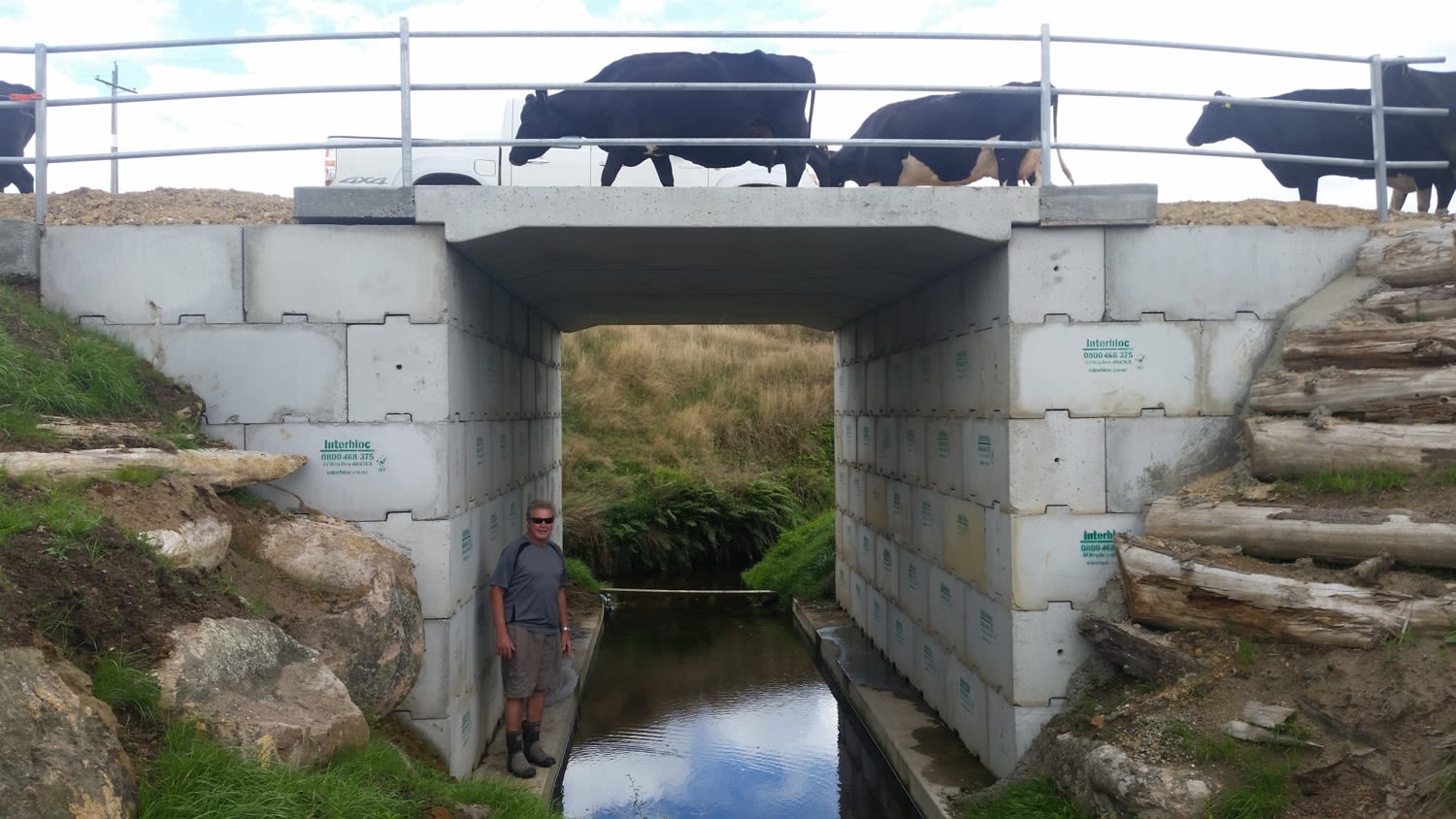
Picture / Supplied
Picture / Supplied
“The new effluent storage pond gives us bigger effluent capacity and our new effluent system has Halo monitoring equipment installed – telling us what our daily water and effluent usage is and milk temperature, an MPI requirement.”
They have also installed new concrete silage bunkers to prevent leaching into the ground, recycle green water for some yard washing and use their own GPS system to track and monitor mechanical effluent spreading and crop spraying while their contractors use Trackmap for fertiliser spreading so they have proof of placement for all products.
“There are a lot of farmers doing things like this,” says Judy, “but you don’t hear about it very much. The perception is all wrong these days.”
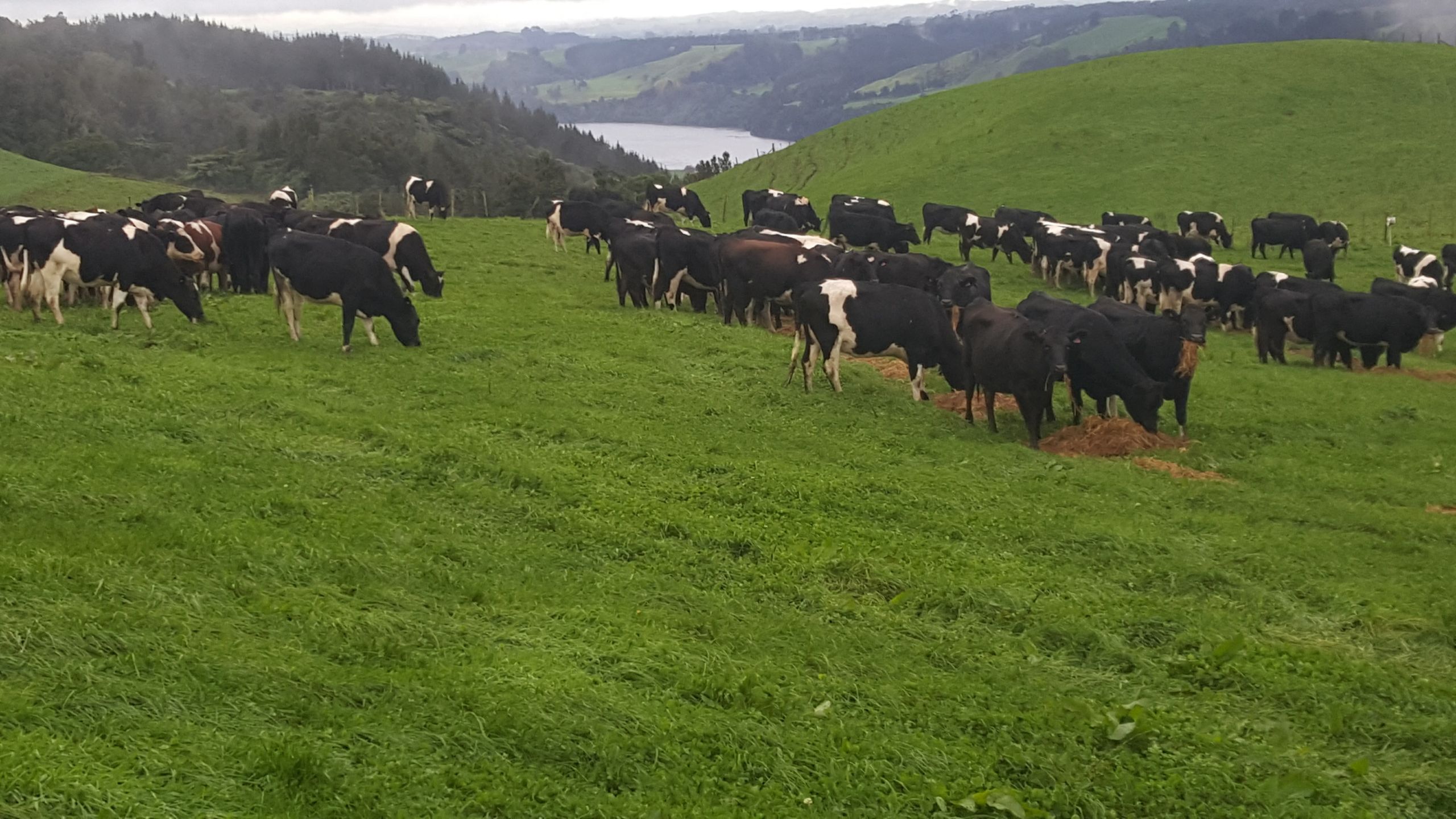
Photo / Supplied
Photo / Supplied


